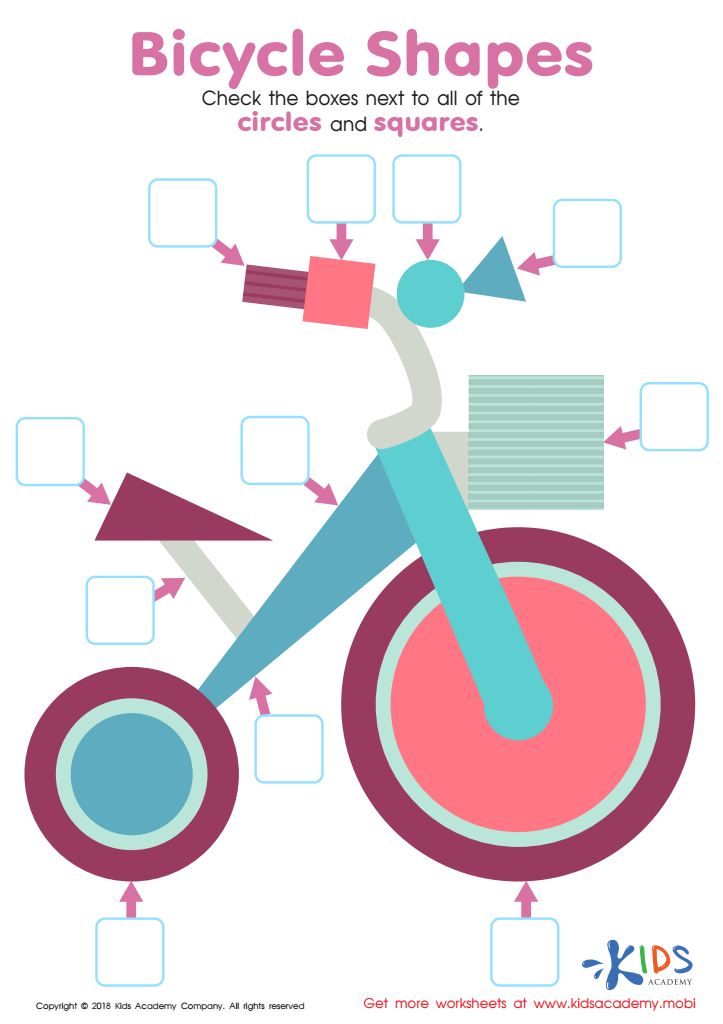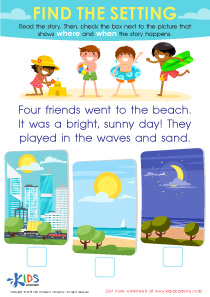Shape identification Easy Worksheets for Ages 3-4
3 filtered results
-
From - To
Discover our engaging "Shape Identification Easy Worksheets for Ages 3-4," designed to introduce young learners to the foundational concepts of shapes through fun, interactive activities. Our worksheets enhance recognition skills as children explore various shapes, including circles, squares, triangles, and more. Tailored for early childhood education, these resources support cognitive development while encouraging creativity and critical thinking. Each worksheet is crafted to be easy to follow, ensuring a stress-free learning experience for both kids and their caregivers. Dive into our collection and watch your little ones’ confidence soar as they identify and categorize shapes with ease!


Number 2 Printable


Bicycle Shapes Worksheet
Shape identification is a fundamental skill for children aged 3-4, laying the groundwork for various cognitive, social, and motor skills. Parents and teachers should prioritize this early learning milestone as it nurtures a child’s spatial awareness and cognitive development. Recognizing shapes helps children classify objects and understand their environment, fostering critical thinking and problem-solving abilities.
Moreover, shape identification plays a vital role in language development. As children learn to name shapes, they expand their vocabulary and improve their communication skills. It also fosters creativity and imagination when they explore how shapes can combine to form different objects or characters.
Additionally, early exposure to shapes enhances fine motor skills through manipulatives, such as shape sorters and blocks, as children handle and arrange these items. This hands-on interaction not only supports sensory integration but also encourages collaborative play, teaching important social skills such as sharing and teamwork.
Ultimately, focusing on shape identification at this developmental stage equips children with essential tools that support their academic journey, making it a critical area that should not be overlooked by parents and educators alike. By prioritizing shape recognition, adults can set valuable foundations for lifelong learning.

 Assign to My Students
Assign to My Students





















